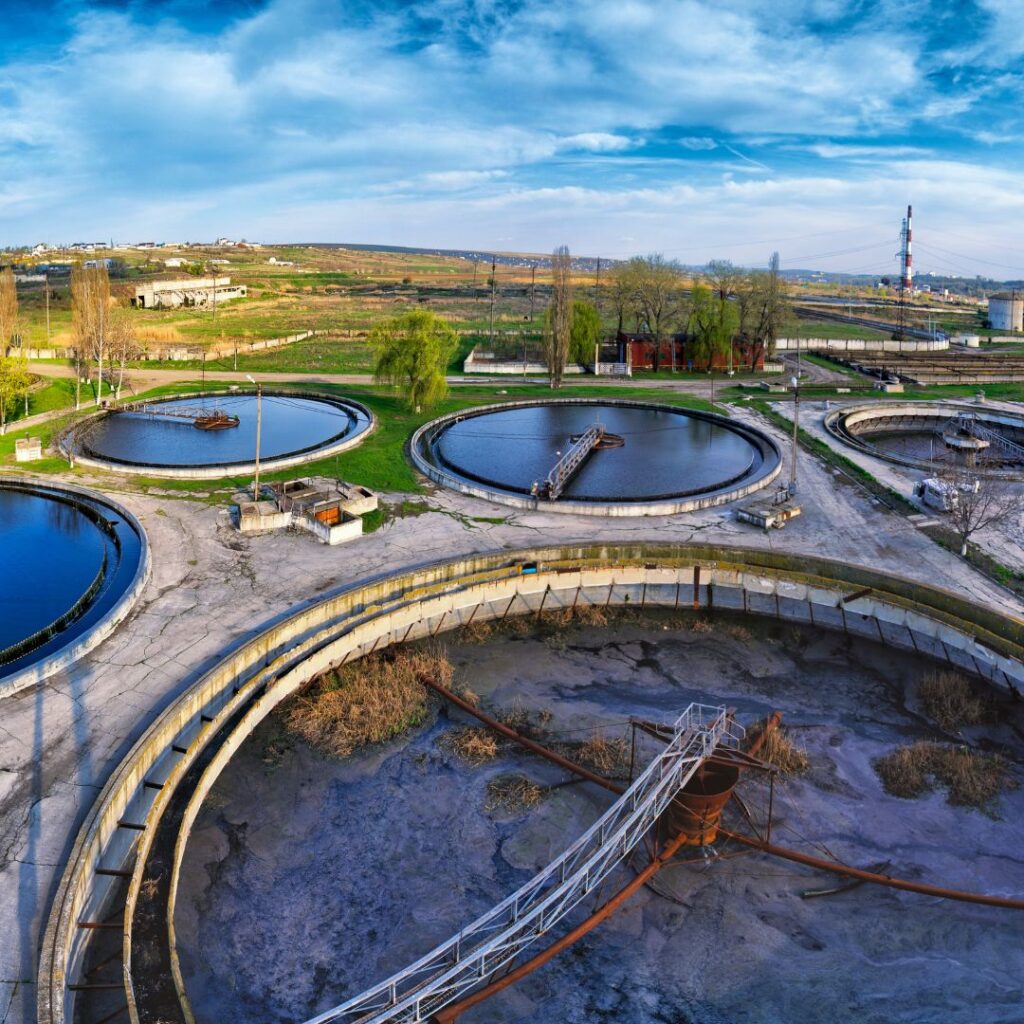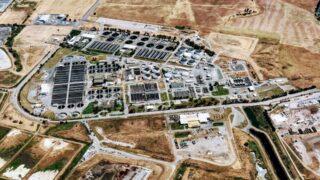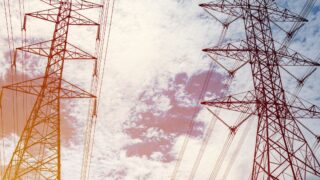Wastewater Treatment Plant Design Calculations: A Comprehensive Guide
In today’s world, where water scarcity is becoming an increasingly pressing issue, the role of wastewater treatment cannot be overstated. Essentially, wastewater treatment is the process of converting used water into water that can be released back into the environment, safe and clean. It’s a complex mix of chemistry, biology, and engineering to protect our waterways, conserve water, and ensure that clean water is available for future generations. Accurate wastewater treatment plant design calculations are at the heart of this process, ensuring efficiency and compliance with stringent environmental standards. According to the United Nations, improving water quality by treating wastewater can significantly reduce water-related diseases, benefitting millions of people globally. This highlights not just the environmental importance of effective wastewater treatment, but its profound impact on public health and well-being.
Fundamentals of Wastewater Treatment
Starting with the basics, the wastewater treatment process is a multi-stage journey designed to remove or reduce pollutants from water that have been used either in homes, industries, or businesses.
This process begins with preliminary treatments that remove large particles through screening and settling techniques. Following this, secondary treatments employ biological processes, using microorganisms to consume organic matter. The final act, tertiary treatment, is where the real magic happens—further purification through filtration, disinfection, and sometimes advanced methods like reverse osmosis, making the water safe for discharge or reuse.
Key Parameters in Wastewater Treatment
In addition to this, there are a few key parameters that wastewater treatment designers need to consider when calculating the design of a plant. These factors include:
1. Flow Rate Calculations
Essential to the design and operation of a wastewater treatment plant are accurate peak flow rate calculations. Understanding how much wastewater flows into the plant within a given timeframe dictates the size and capacity of the facility. Flow rates are not static; they fluctuate based on various factors, including population size, industrial activity, and even the weather. The Environmental Protection Agency (EPA) published findings indicating that an underestimation of flow rates can lead to overflows and untreated discharges, highlighting the importance of precise wastewater treatment plant design calculations for environmental compliance and plant efficiency.
To calculate your wastewater plant, peak flow:
PF=ADF×PFF
where:
- ADF or the average daily flow is the average amount of wastewater produced each day,
- and PFF is a factor accounting for peak flow periods or surges in wastewater.
To calculate the Total Daily Flow:
TDF=ADF+PF
where:
- Total Daily Flow (TDF)
- Average Daily Flow (ADF)
- and Peak Flow (PF)
2. Contaminant Concentration Assessments
Identifying and quantifying the contaminants present in wastewater is another pillar of treatment plant design. Concentration assessments involve sampling the wastewater and analyzing it for various pollutants, including biological oxygen demand (BOD), chemicals, heavy metals, and nutrients. These assessments are pivotal for selecting the most appropriate and effective treatment methods.
Regulatory Considerations
The complex world of wastewater treatment isn’t just about the science and calculations; it’s also about playing by the rules. And these aren’t your average, everyday rules, but stringent regulations designed to ensure the protection of our environment and public health.
Compliance Standards for Wastewater Treatment Plants
The blueprint for any wastewater treatment plant is drawn with compliance in mind. Regulatory bodies across the globe, such as the Environmental Protection Agency (EPA) in the United States, set strict guidelines to minimize environmental impact and protect water quality. These standards often encompass everything from the permissible levels of specific contaminants in the discharged water to the methods used during the treatment process.
Impact of Wastewater Treatment Plant Design Calculations on Meeting Regulations
The role of design calculations in meeting regulatory standards cannot be overstated. These calculations aren’t just numbers on a page; they are the foundation upon which the entire treatment process is built. From determining the appropriate size of treatment units to assessing the removal efficiency of various contaminants, these calculations guide every aspect of plant design and operation.
Preliminary Treatment Design Calculations
The first step of wastewater treatment plant design calculations is at the preliminary stage:
Screening and Grit Removal Calculations
First up, we have the dynamic duo of screening and grit removal. When it comes to screening, the goal is to design a system that can efficiently catch trash and debris without creating a bottleneck. According to the US Environmental Protection Agency, coarse screens that remove large solids, debris, and rags from the wastewater should have openings of 6 mm (0.25 in) or larger. While for finer screens, typical opening sizes are e 1.5 to 6 mm (0.06 to 0.25 in). If you opt for using very fine screens, its openings are usually 0.2 to 1.5 mm (0.01 to 0.06 in). Very fine screens are placed after coarse or fine screens to lessen the amount of suspended solids to levels near those achieved by primary clarification.
Grit removal, on the other hand, focuses on sand, gravel, and other heavy particles. These materials can cause wear and tear on equipment and decrease the efficiency of the treatment process if left unchecked. Calculating the optimal size and velocity of grit chambers is a fine art, not to mention there are many types of grit removal systems that you should consider. These include:
- Aerated Grit Chamber
- Vortex-Type Grit Chamber
- Detritus Tank
- Horizontal Flow Grit Chamber
- Hydrocyclone
EPA suggests that chambers utilizing a velocity of 1 ft/s (0.3m/s) are effective in removing fine particles, significantly reducing downstream issues. Ensuring that these calculations are spot on helps keep the treatment process flowing smoothly, much like ensuring the right flow in a river.
Primary Sedimentation Tank Sizing
At the primary sedimentation stage, the water settles, and the settleable solids settle to the bottom of the tank. Sizing these tanks is more than just making an educated guess; it involves a thorough understanding of the incoming wastewater’s characteristics and flow rates. A crucial factor highlighted in the Environmental Science & Technology journal is the detention time – typically, 2 to 3 hours or more is ideal for effective settling.
But there’s more to it than just time. The tank volume also plays a pivotal role in ensuring that solids have enough time to settle without the risk of being swept away by incoming flows. It is recommended that the primary sedimentation tanks be approximately 3 to 5 m deep.
To calculate the tank volume:
V=TDF×RT
where:
- Total Daily Flow (TDF)
- Retention Time (RT)
Secondary Treatment Design Calculations

During the secondary treatment process, 90% of organic matter in wastewater is removed. This process includes:
Activated Sludge Process Calculations
The activated sludge process is a method that relies heavily on the power of microorganisms to break down pollutants. It involves mixing wastewater with a large population of microorganisms in an aerated tank, allowing the microbes to thrive and consume organic matter. The wastewater treatment plant design calculations for this process revolve around ensuring that there is enough oxygen, food (organic matter), and time for the microorganisms to carry out their work effectively.
Research published in the Water Research journal suggests that maintaining a Food to Microorganism (F/M) ratio of 0.5 to 1.4 kg BOD/kg MLSS/day is key to a balanced diet for these organisms, thereby ensuring efficient breakdown of the waste.
Design of Trickling Filters and Rotating Biological Contactors
On the other hand, trickling filters and rotating biological contactors (RBCs) use a biofilm to break down pollutants. The biofilm is formed on rocks, plastic media, or other support structures as wastewater trickles over it. Calculations for these systems involve determining the appropriate size and depth of the filter or contactor to ensure enough surface area for the bacteria to thrive and remove pollutants effectively. For example, according to the Water 2023 journal, the recommended disc rotational speed is between 2 and 5 rpm for larger plants.
Tertiary Treatment Design Calculations
Tertiary treatment, or advanced treatment, plays a critical role in wastewater plants by providing that last layer of purification needed to meet stringent regulatory standards. It ensures water is safe, clean, and ready to be released back into rivers, lakes, or even repurposed. Research in the Environmental and Pollution Science (Third Edition) underscores the importance of this stage, showing that tertiary treatment can remove more than 99% of all remaining contaminants, including pharmaceuticals and hormones that previous stages might leave behind. Essentially, it ensures our waterways and ecosystems stay healthy, supporting biodiversity and preventing algal blooms – showcasing nature and technology in perfect harmony.
Design Calculations for Chemical Treatment Processes
When it comes to the nuts and bolts of tertiary treatment, design calculations for chemical treatment processes are where engineers get down to brass tacks. Determining the exact doses of chemicals like chlorine or ozone for disinfection requires a delicate balance — too little, and the water isn’t safe; too much, and you risk harming the ecosystem or creating by-products. Also, achieving this balance not only ensures the water meets safety standards but also optimizes operational costs. Furthermore, employing ultraviolet (UV) irradiation has gained traction as an efficient chemical-free alternative and is efficient in neutralizing pathogens.
Infrastructure Design
The infrastructure design of a wastewater plant is also critical in ensuring that the treatment process runs smoothly. This includes the design of pipelines, channels, and pumps used to transport water throughout the plant.
Piping and Pumping System Calculations
When it comes to wastewater treatment plant design, the piping and pumping system acts as the circulatory system, moving effluent from one treatment process to the next. Intriguingly, research has revealed that approximately 12% of the energy consumed in wastewater treatment plants is due to pumping. This substantial energy demand highlights the importance of optimizing pump and piping systems for energy efficiency. Luckily, generative design tools like the Transcend Design Generator (TDG) are revolutionizing the way we approach infrastructure design.
TDG simplifies the complex process of designing wastewater treatment facilities through its intuitive user interface. It’s designed to assist users of varying levels of expertise, from novices to seasoned engineers, empowering them to generate and analyze comprehensive preliminary designs for wastewater treatment facilities. By inputting a series of basic parameters, you enable automated engineering decisions backed by rigorous data validation to ensure quality and consistency. This feature is particularly important when considering the design of piping and pumping systems, as even minor inaccuracies can lead to significant inefficiencies and increased operational costs.
Structural Considerations for Plant Components
Structural considerations play a pivotal role in the resilience and efficiency of wastewater treatment plants. The integrity of structures such as tanks, basins, and buildings ensures the long-term operation of the facility without succumbing to environmental stressors or operational demands. This entails rigorous calculations regarding load-bearing capacities, resistance to corrosion, and adaptability to fluctuating water volumes. The challenge lies not only in meeting the present-day requirements but also in anticipating future demands due to population growth or regulatory changes.
The Transcend Design Generator (TDG) offers a cutting-edge solution to these structural engineering challenges. By leveraging advanced algorithms and a vast database of engineering standards, TDG can quickly generate designs that optimize the use of materials, ensure structural integrity, and anticipate future expansions. This ensures that all components of the wastewater treatment plant are designed to work in harmony, from the durability of the tanks to the efficiency of the channels and pumps, thereby extending the facility’s operational life and reducing the need for costly upgrades or repairs.
Wastewater Treatment Plant Design Calculations: Final Thoughts
From the initial screening to the advanced tertiary treatments, each step is a testament to human ingenuity’s role in preserving our planet’s most invaluable resource – water. The Transcend Design Generator stands at the forefront of this technological march, offering an innovative solution to design challenges that wastewater treatment facilities face today and setting a sustainable path forward.
Curious about how TDG can revolutionize your next project? Whether you’re a budding engineer or a seasoned veteran in the wastewater management industry, the Transcend Design Generator is your next step toward efficient, sustainable infrastructure design. Dive deeper into how TDG can streamline your design process today!







